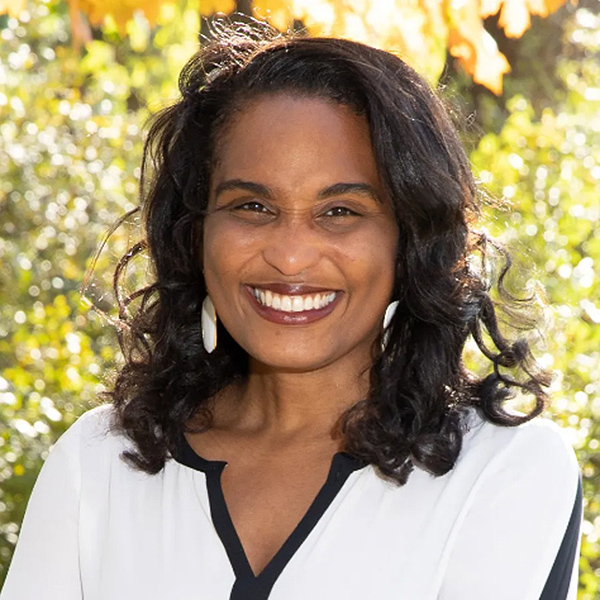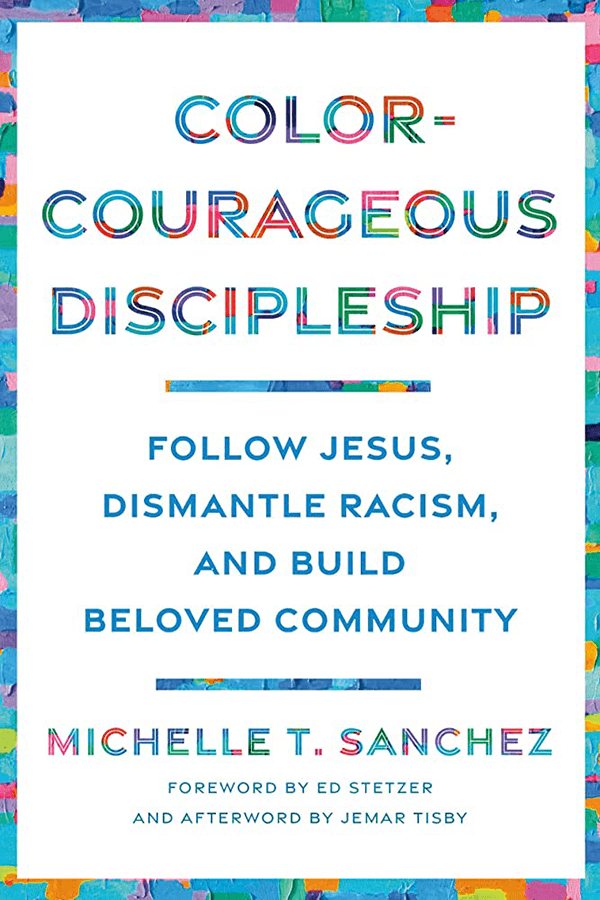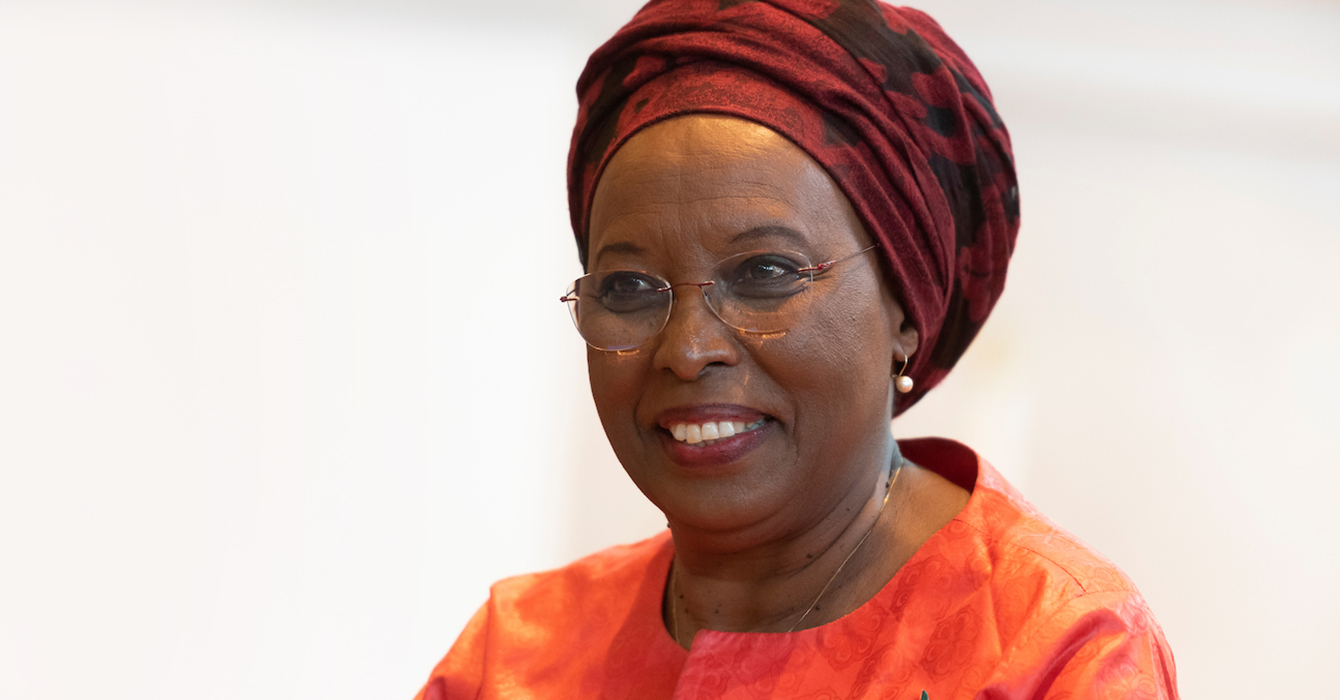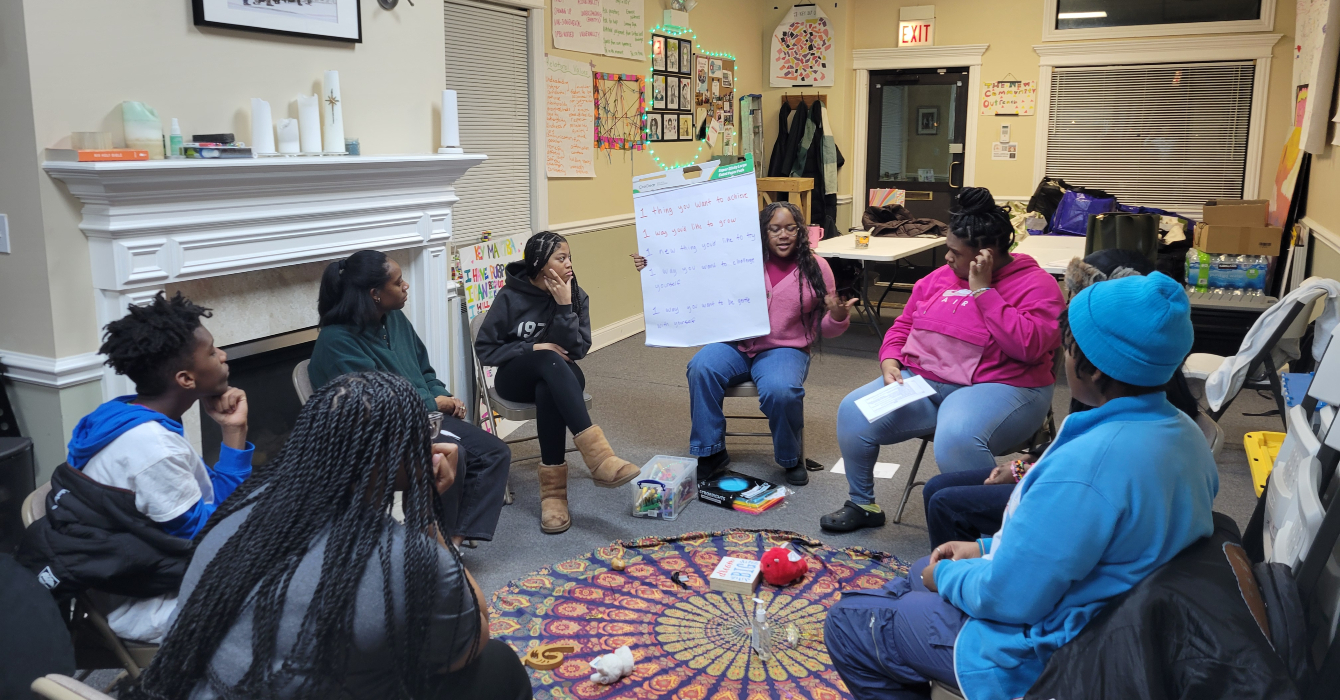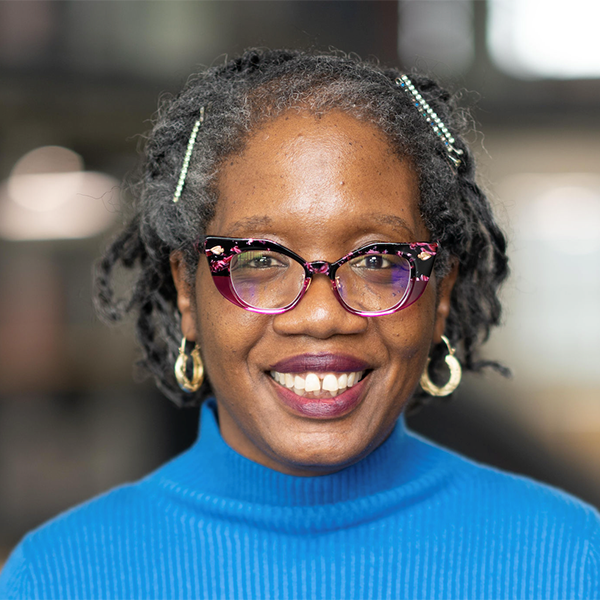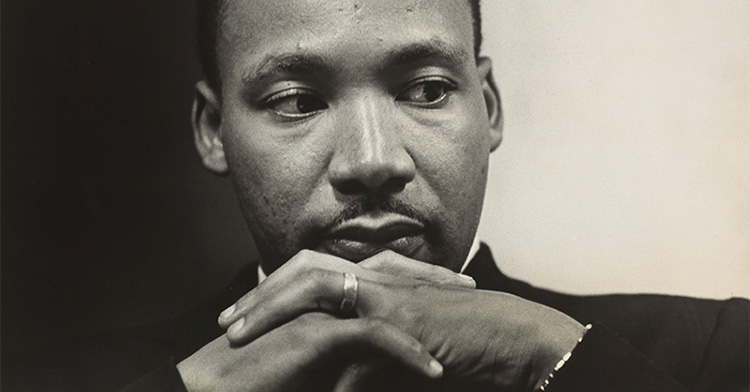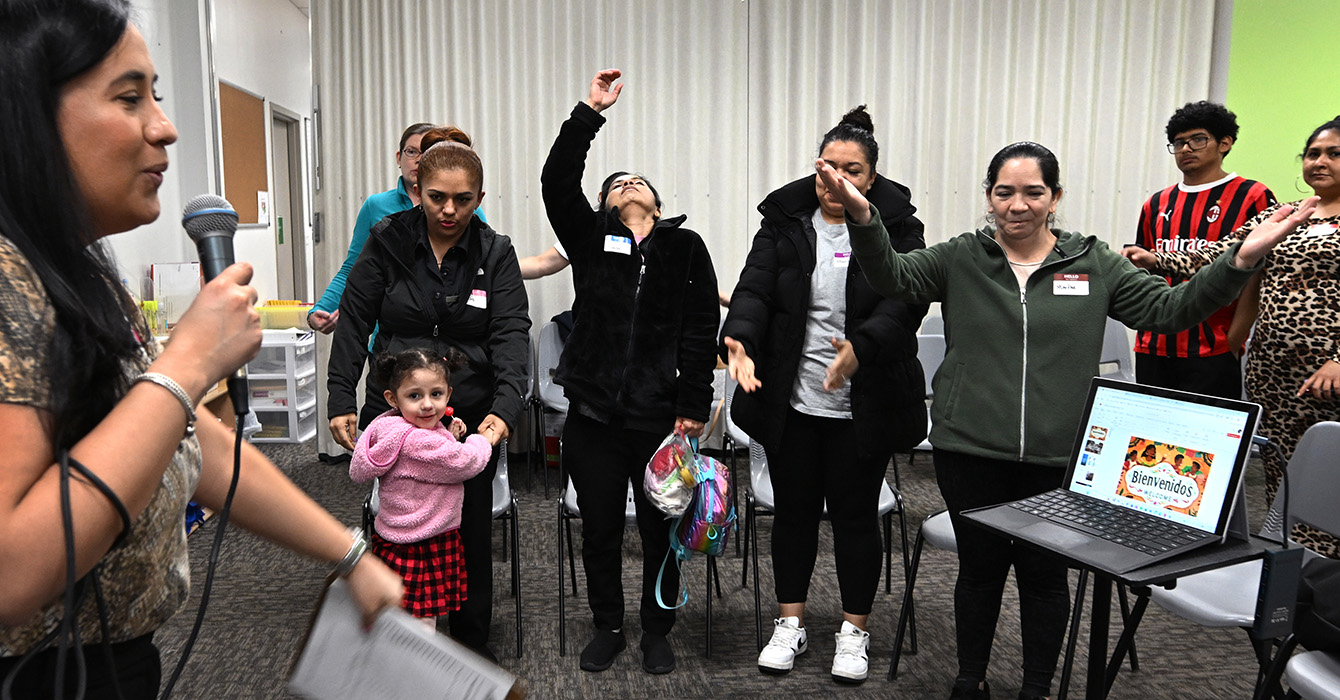Our generation is being confronted yet again with the chronic racial sickness of our world. It is good and right for disciples of Christ to do what we can to heal the world of this sickness. At the same time, as a national discipleship leader, my concerns go deeper. I am concerned for Jesus followers not only to bring racial healing to the world and its systems but also to experience deep inner healing themselves. The two are connected.

In recent years, I have devoted myself to writing “Color-Courageous Discipleship,” a trilogy of age-tailored books for empowering disciples to make fresh connections between following Jesus and dismantling racism. In the process of writing — and especially while conducting interviews with multiple anti-racist disciples — I have discovered how healing, discipleship and mission are intimately intertwined in a traumatized world. Even now, Jesus is seeking to bring about in you the kind of Spirit-filled inner transformation you need to transform the world in God’s way.
Consider this: the miracles that Jesus performed were always signs and pointers to subtler, yet more significant, miracles. Take, for example, Jesus’ healing of a paralyzed man (Mark 2:1-12). When the man was brought to him, Jesus did speak words of healing — but certainly not the words we might expect. “Son, your sins are forgiven,” he said (Mark 2:5 NIV). This is a curious thing. Instead of responding to the clear and obvious request for physical healing, Jesus perplexed everyone by first talking of spiritual healing. Might he be speaking a similar word to us?
When it comes to race, our world has been deeply traumatized. The word “trauma” comes from the Greek for “wound” and can be used to refer to the wide array of spiritual, emotional and relational wounds that racism has caused. As we seek to dismantle systemic racism, we need to understand the trauma that we are dealing with on a massive scale. Even more, to become true agents of racial healing, we would do well to name our own wounds and seek healing for ourselves as we pursue the healing of the world.
There is a dizzying array of traumas that racism can inflict — both on people of color and on people who identify as white, as Sheila Wise Rowe outlines in “Healing Racial Trauma.” Let’s start with people of color and first acknowledge that people of color have not all been affected by racism in the same ways. As a Black woman, I recognize that there are some forms of racial trauma I can personally relate to and others I can’t. Yet all anti-racist disciples know that when we are aware of the varieties of racial trauma, we can better facilitate lasting healing in diverse communities.
We must open our eyes to how people of color have experienced racial trauma on multiple levels: individual (personal, vicarious, internalized); corporate (historical, transgenerational/epigenetic, environmental); and even divine (raising faith-shaking questions about God). When racial trauma in people of color is not named and addressed, it can produce a variety of damaging effects, including spiritual toxins such as bitterness, apathy, rage and despair.
Yet here is a surprising fact: racial trauma also comes in white. Trauma affects perpetrators too. God created humanity to thrive as a community of equals. So when God’s design for equality is distorted, the perpetrator must also pay an existential price. Today, psychologists call this phenomenon “perpetrator trauma,” or perpetration-induced traumatic stress (PITS).
Just as we recognize that all people of color have not experienced racism in the same way, we would be wise not to make blanket statements about “all white people.” That being said, if we were to understand white Americans as another traumatized group, we might more sympathetically recognize in them symptoms of trauma. We might gain insight into certain reactions that white communities often have when confronted about racial inequity: shock, denial, avoidance, delusion, guilt, shame and more. These are trauma responses, and they point to unresolved and possibly unidentified wounds.
As Resmaa Menakem explains in “My Grandmother’s Hands,” the trauma of racism “has resulted in large numbers of Americans who are white, racist, and proud to be both; an even larger number who are white, racist, and in reflexive denial about it; and another large number who are white, progressive, and ashamed of their whiteness. All of these are forms of immaturity; all can be trauma responses; all harm African Americans and white Americans.”
Faithful anti-racist disciples recognize that we all need healing from the trauma that racism has caused. We all need God’s healing touch. And as we experience healing, we can more effectively become agents of healing to our world in embodying supernatural, Christlike characteristics such as love, serenity, forgiveness, gentleness and grace.
Without the character of Christ, we will be far less capable of bringing lasting healing and reconciliation to the world. This is precisely what the great faith-based anti-racist leaders have understood. As Martin Luther King Jr. taught in “Strength to Love”: “Forced to live with these shameful conditions, we are tempted to become bitter and to retaliate with a corresponding hate. But if this happens, the new order we seek will be little more than a duplicate of the old order. We must in strength and humility meet hate with love.”
When apartheid finally fell in South Africa, many predicted that the country would descend into chaos. South Africans of color finally had their opportunity for revenge. But to everyone’s surprise, chaos didn’t happen — thanks largely to the faith-filled leadership of Desmond Tutu. Through the Truth and Reconciliation Commission, Tutu reached out to both victims and victimizers. First and foundationally, he urged victimizers to confess, apologize and make restitution. Yet he also inspired victims to experience the freedom and joy that can come only by yielding to forgiveness, redemption and reconciliation.
Tutu understood that there was no other way for the nation to move forward together. In his words, there simply can be no future without forgiveness. Our best future emerges as we embrace the holistic healing that Jesus offers to each and every one of us. The mission of God has always been as wide as the whole world and as intimate as each individual soul.
The vicious cycle of racial trauma has repeated itself throughout human history, with evil all too often giving birth to more evil. As Miroslav Volf put it: “People often find themselves sucked into a long history of wrongdoing in which yesterday’s victims are today’s perpetrators and today’s perpetrators tomorrow’s victims.”
But we can put a stop to the cycle.
As we pursue healing in Christ, we are liberated, not to be overcome by evil, but to overcome evil with good (Romans 12:21). The more we pursue this healing, the more deeply we will understand the many ways in which healing is an integral part of our journey toward true and lasting beloved community.
Excerpt adapted and expanded from “Color-Courageous Discipleship: Follow Jesus, Dismantle Racism and Build Beloved Community,” by Michelle T. Sanchez. Copyright © 2022 by Michelle T. Sanchez. Published by WaterBrook, an imprint of Penguin Random House. Used with permission.

